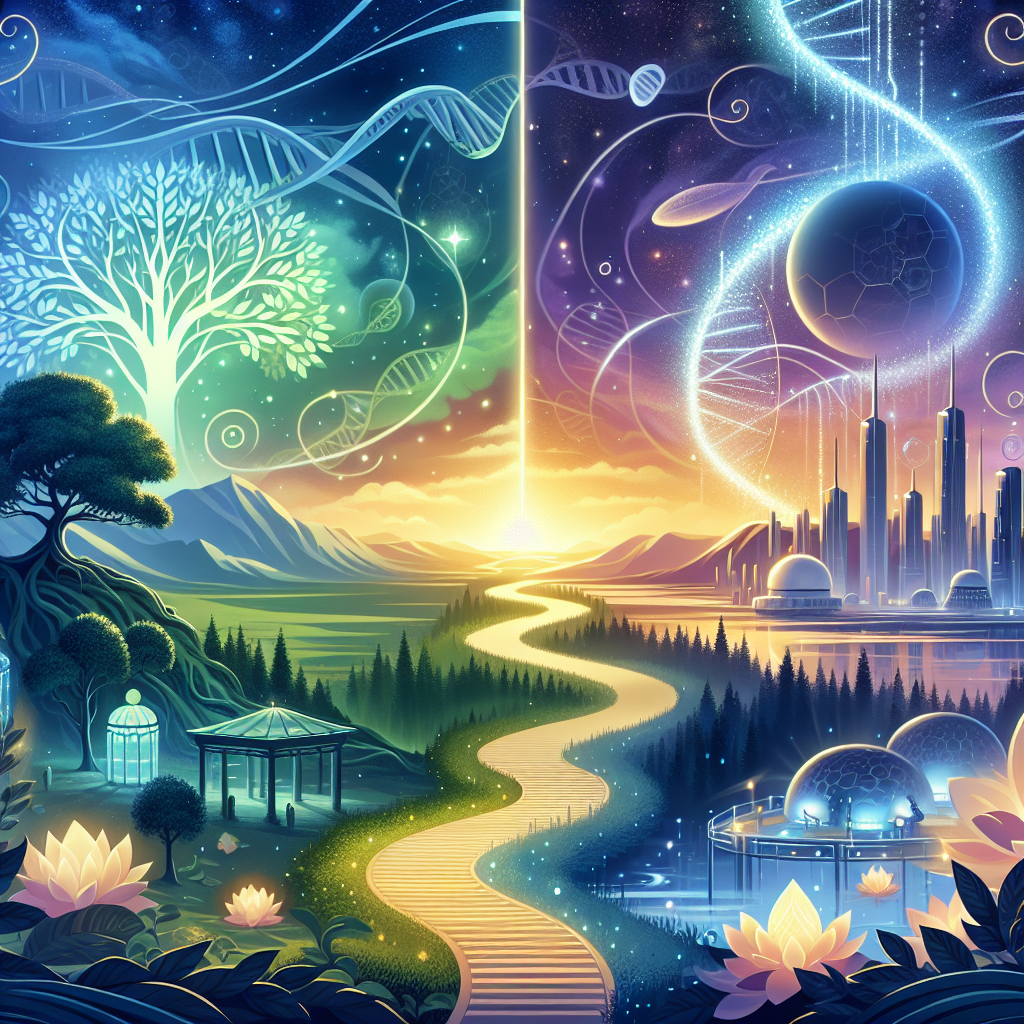Odd Places You Won’t Believe Exist on Earth
Our planet is a treasure trove of natural wonders and human-made marvels. While most of us are familiar with iconic landmarks like the Grand Canyon or the Eiffel Tower, Earth is home to numerous lesser-known, bizarre locations that defy both logic and imagination. In this blog post, we will take you on a journey to some of the most unbelievable places on Earth that you probably didn’t know existed. From landscapes that look like they belong on another planet to mysterious locations steeped in legend, these places will intrigue, amaze, and inspire.
The Mysterious Moeraki Boulders, New Zealand
Nestled along the sandy shores of Koekohe Beach on New Zealand’s Otago coast, the Moeraki Boulders are geological wonders that have fascinated visitors for centuries. These large, spherical stones, some measuring up to three meters in diameter, appear to be scattered across the beach as if placed by a giant’s hand.
The Maori legend suggests that the boulders are the remains of eel baskets, calabashes, and kumara washed ashore from the wreck of the ancestral canoe, the Araiteuru. However, geologists explain that they were formed over millions of years by a process called concretion, where minerals gradually harden around a core.
For travelers seeking a glimpse of nature’s artistry, the Moeraki Boulders are a must-visit. Bring your camera and explore the beach during low tide for the best views.
The Enigmatic Blood Falls, Antarctica
Antarctica, the coldest and most remote continent on Earth, is home to a natural phenomenon that looks like something out of a horror movie. The Blood Falls, located in the McMurdo Dry Valleys, is a five-story waterfall that pours out crimson-colored water, starkly contrasting with the surrounding white ice.
The striking red color is due to the iron-rich water oxidizing upon contact with the air. This iron comes from a subglacial lake thought to be cut off from the outside world for millions of years, hosting unique microbial life.
The Blood Falls offer a glimpse into the hidden ecosystems beneath Antarctica’s ice and challenge our understanding of life in extreme conditions. Researchers continue to study the site to unlock its mysteries and potential implications for life on other planets.
The Surreal Salar de Uyuni, Bolivia
When it comes to breathtaking landscapes, few can match the surreal beauty of Salar de Uyuni in Bolivia. As the world’s largest salt flat, spanning over 10,000 square kilometers, it creates an otherworldly spectacle that draws photographers and travelers from around the globe.
During the rainy season, a thin layer of water covers the salt flat, transforming it into a giant mirror that reflects the sky so perfectly that it becomes difficult to distinguish where the land ends and the sky begins. It’s a dreamscape of endless reflections, making it one of the most photogenic spots on Earth.
Visitors can explore the salt flat with guided tours, which often include stops at the nearby Isla Incahuasi, a rocky outcrop covered in giant cacti, offering panoramic views of the dazzling landscape.
The Mysterious Stone Forest of Madagascar
In the heart of Madagascar lies a labyrinth of limestone formations that have been sculpted by nature over millions of years. Known as Tsingy de Bemaraha, this “stone forest” features towering pinnacles, deep gorges, and unique ecosystems that remain largely unexplored.
The Tsingy, which means “where one cannot walk barefoot” in Malagasy, are razor-sharp formations that are difficult to navigate without proper guidance. The area is a UNESCO World Heritage site and home to many endemic species, making it a paradise for biologists and adventurers alike.
For those who dare to explore this natural wonder, there are guided tours available that include hikes across suspension bridges and through narrow canyons, offering a chance to experience the raw beauty of Madagascar.
The Enigmatic Door to Hell, Turkmenistan
In the vast deserts of Turkmenistan, a fiery pit known as the “Door to Hell” has been burning continuously for decades. The Darvaza Gas Crater, as it is officially called, was created in 1971 during a Soviet drilling operation that went awry, causing the ground to collapse and release natural gas.
To prevent the spread of methane gas, scientists decided to ignite the crater, expecting it to burn out within a few weeks. However, more than 50 years later, the flames still rage on, creating a mesmerizing and eerie spectacle.
Despite its ominous name, the Door to Hell has become a popular tourist attraction, drawing visitors who camp nearby to witness the fiery inferno. It’s a stark reminder of the unpredictable power of nature and human intervention.
The Bizarre Spotted Lake, Canada
Located in British Columbia, Canada, Spotted Lake is a unique natural phenomenon that captivates all who visit. During the summer, as the water evaporates, the lake reveals colorful mineral deposits that form large, circular spots across its surface.
Rich in minerals like magnesium sulfate, calcium, and sodium sulfates, the lake has been used by Indigenous peoples for its healing properties for centuries. The vibrant spots vary in color and size depending on the mineral composition, creating a stunning mosaic that changes with the seasons.
Visitors can view Spotted Lake from the roadside, but access is restricted to preserve its ecological and cultural significance. It’s a reminder of the delicate balance between nature and human activity.
The Underwater Waterfall, Mauritius
Off the coast of Mauritius, an island nation in the Indian Ocean, lies a breathtaking optical illusion known as the “Underwater Waterfall.” This natural phenomenon is not an actual waterfall but a spectacular play of light and sand that creates the illusion of water cascading into the depths of the ocean.
The illusion is caused by the sand and silt deposits on the ocean floor being carried away by underwater currents, creating a dramatic visual effect when viewed from above. It’s a popular spot for aerial photographers and a testament to the beauty of nature’s illusions.
To experience this visual marvel, visitors can take a helicopter tour that offers a bird’s-eye view of the “waterfall” and the stunning turquoise waters of Mauritius.
The Inexplicable Sailing Stones, Death Valley, USA
Death Valley National Park in California is home to one of the world’s most intriguing mysteries: the sailing stones of Racetrack Playa. These rocks, some weighing several hundred pounds, appear to move across the flat desert floor, leaving long trails in their wake.
For years, the movement of the rocks baffled scientists and sparked numerous theories. Recently, researchers discovered that a rare combination of freezing temperatures, thin ice sheets, and light winds allow the stones to glide slowly across the playa, solving the mystery.
While the phenomenon is rare and unpredictable, it serves as a reminder of the subtle forces at work in nature. Visitors can hike to Racetrack Playa to witness the enigmatic trails and marvel at the power of natural processes.
Conclusion
Our planet is filled with odd and intriguing places that challenge our understanding of the natural world. From the eerie Blood Falls of Antarctica to the mystical Door to Hell in Turkmenistan, these locations offer a glimpse into the wonders that await adventurous travelers.
Exploring these unique sites not only satisfies our curiosity but also deepens our appreciation for the planet’s diversity and complexity. Whether you’re an avid traveler or an armchair explorer, these odd places are sure to spark your imagination and inspire your next adventure.
Remember, while visiting these amazing locations, it’s essential to respect the environment and local cultures, ensuring that future generations can also experience these wonders.






Leave a Reply
You must be logged in to post a comment.